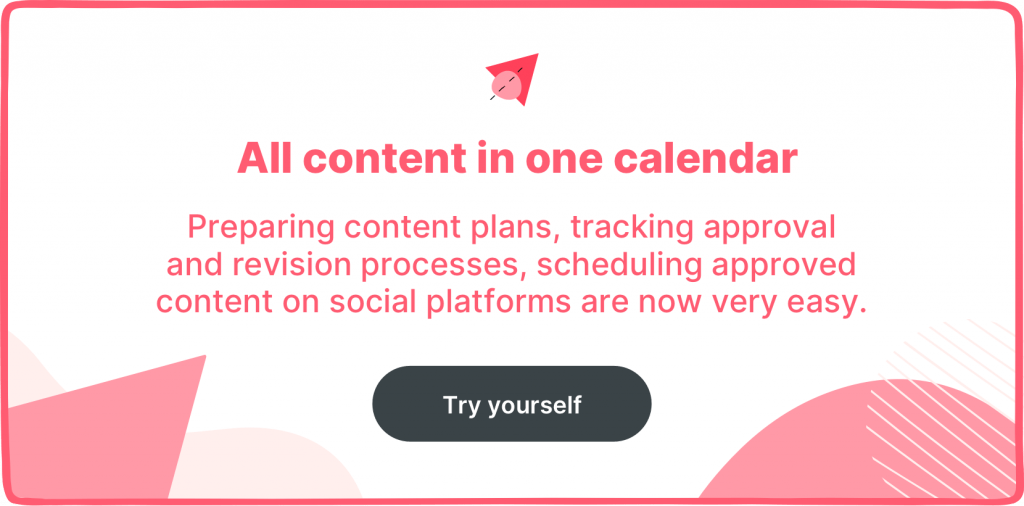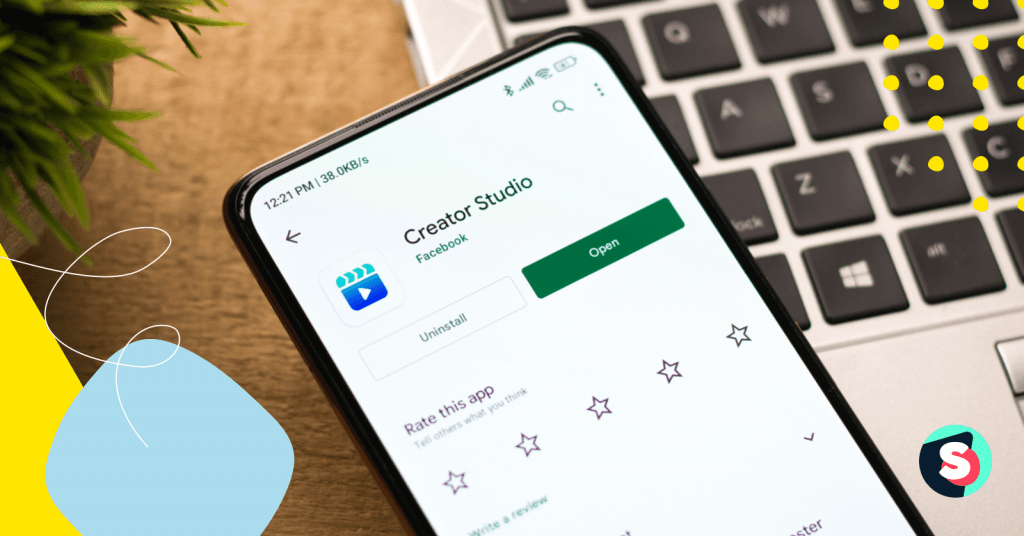A good social media strategy starts with proper planning.
There is a quote credited to Abraham Lincoln.
“If I had an hour to chop down a tree, I would spend the first 45 minutes sharpening my ax.”
Now, I don’t know if I’d spend the same amount of time sharpening my ax. I’d probably just use 30 minutes. But the meaning behind that quote is crystal clear.
Proper planning is key to achieving every goal.
Let’s replace the tree to be brought down with your YouTube goals.
How would you sharpen your ax?
I’ll tell you how – you’ll sharpen your ax by creating a YouTube content plan.
A content plan clarifies the direction you want your content to take. Meera Kothand, the author of One Hour Content Plan, broke it down when she said in her book that if you cannot show clearly the direction you want your content to take your [viewers], your [viewers] won’t understand where you are leading them.
This post will walk you through five tips that will help you master YouTube content planning and fine-tune your YouTube content strategy. But before then, let’s briefly talk about what a content plan is.
What is a content plan?
A content plan is a framework that defines what role content will play in your overall brand strategy. It includes the processes, resources, and data needed to reach the goals outlined in your brand strategy.
According to the 2018 Content Marketing Benchmark, Budgets, and Trends report by CMI and Marketing Profs, only 36% of B2B companies reported the flow of content creation projects within their organization as excellent or very good.
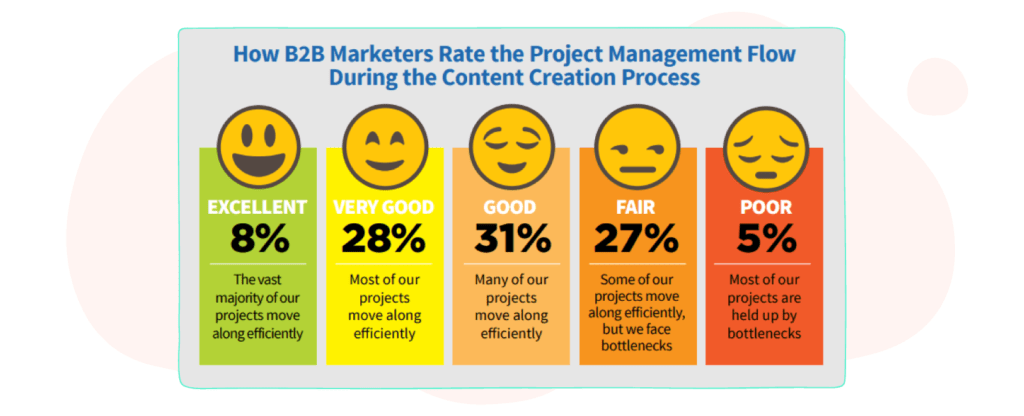
Why do you think this is so?
One classic reason for the inefficiency faced by these companies is poor planning. Without a structured action plan, even the most well-intentioned goals will struggle to come to fruition.
Creating content for YouTube also requires an action plan. Your plan should take into consideration your audience, what topics to address, what type of content to create, and how you’ll promote your content.
How do you do that?
Related article: Top 5 YouTube habits to adopt to double your subscribers in 2021
5 YouTube content planning tips
The 5 tips that will help you master your YouTube content planning are:
- Know your audience
- Develop a sustainable production schedule
- Use YouTube’s triple H strategy
- Collaborate with other creators
- Don’t be shy about copying what works
I’ll go over how to apply them to your YouTube content planning.
Know your audience
YouTube is home to over 2 billion monthly users. But unless you are Google, there’s a good chance that only a small percentage of those users are your target audience.
The truth is, not everyone is ready or willing to hear your brand’s message.
The first step towards creating a sustainable YouTube content plan is to understand who you’re going to make those videos for. Michael Brenner, CEO of Marketing Insider Group, was on point when he said:
“If you want to cut through the fat and emerge as a brand your buyers want to engage with, your marketing has to seamlessly resonate with your buyer’s goals, interests, and preferences.”
And his words apply to Youtube marketing too.
You have to figure out who your target audience is if you want your YouTube strategy to be successful. Why is this so? That’s because of the way YouTube’s algorithm works. Your customers or target audience won’t spend time watching your videos if they can’t relate to them. And this suggests to YouTube’s algorithm that your videos are not engaging enough.
Because YouTube wants to keep people on its platform, the algorithm starts showing your video less frequently, further hurting your metrics and chances of YouTube success.
The process of figuring out who your target audience involves the creation of a buyer persona. A buyer persona is a detailed description of a fictitious person who is part of your target audience. A buyer persona aims to help you better understand and connect emotionally with your customers to make it easier to attract and retain them.
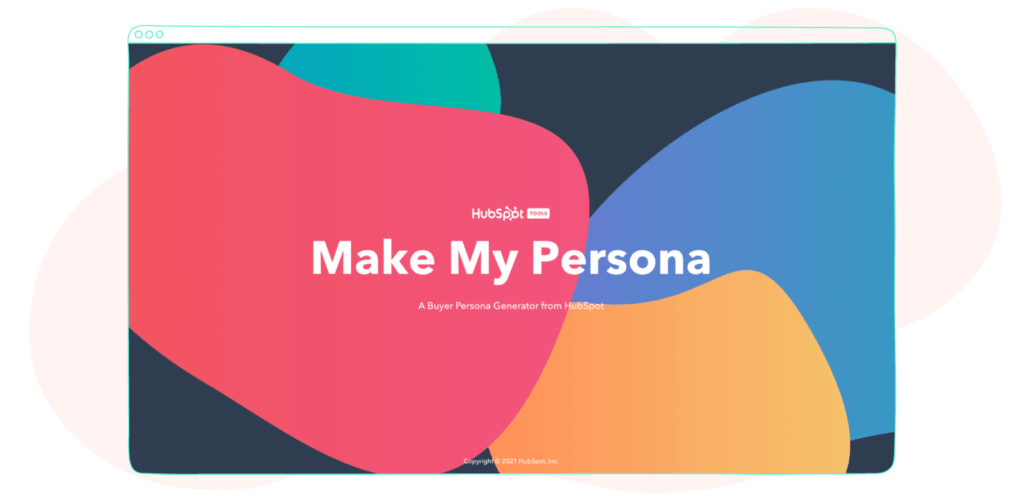
It’s normal to have more than one buyer personas as your customer base includes people with different interests and backgrounds. You’ll need personalized strategies to attract each segment.
Just like Hubspot does on its YouTube channel. Hubspot is a growth marketing platform that targets different customer personas. And it uses its YouTube channel to educate these customer segments.
For example, the first video below is directed at small business owners.
While the second one is targeted at sales reps.
Develop a sustainable production schedule
Consistency is key when it comes to YouTube growth. And I’m not the only one who thinks so.
This is a view shared by numerous top YouTube creators including Sean Cannel, author of YouTube Secrets and a YouTuber with over 100k subscribers.
According to him, creating consistent videos is like hanging out with your friend. The more time you spend with each other, the closer you get.
But there is a big question hanging over the issue of consistency.
How often should you post to Youtube?
Once a week? Twice a week? Or monthly?
The answer is it depends.
For instance, if your channel relies on creating time-sensitive content around trending topics or daily news, releasing a new video daily might be the logical choice for you. You don’t want to wait till Friday to publish your thoughts on an event that happened on Monday.
The general view is that you should post a new video weekly but what works for you and your channel could be different. This video from Think Media sheds more light on this.
Looking at some of the top brands worldwide, you’d find out that they post at least two times per week. I’m talking of brands like LEGO, BMW, RedBull, Chanel, and WWE.
Of course, when worrying about the number of videos to publish weekly, you should also think of how much time and resources you can devote to creating those videos.
Can you sustain your production workflow?
How often can you consistently shoot and release high-quality videos to your audience? There are things you could do to streamline your workflow:
- Set up a simple video studio that will be ready for use anytime you need it.
- Put together a team if you are the only one on your team and it takes a long time to get your videos edited.
Use YouTube’s triple H strategy
Successful brands on YouTube do not just advertise themselves periodically. They put in the effort to create an engaged community of loyal customers by regularly creating and publishing videos that their audience love.
To help brands become successful on YouTube, Google created a content development framework. This framework, called the Hero, Hub, and Hub framework, will help you grow your audience with a balanced mix of content.
The first type of content, the Hero content, centers around major events like product launches, recruitments, trade shows, and so on. Hero-type videos typically take a longer time to produce compared to the other two types and require more investment.
We’ve all seen them before.
Product videos, commercials, recruiting content – these are all forms of Hero videos.
This video commercial from BMW is a great example of a Hero video.
Naturally, this sort of content is intended to be seen by a wide range of audience. They are meant to boost awareness and drive leads further into your marketing funnel.
Keep the following tips in mind when creating your Hero content.
- Identify important events that are relevant to your brands and audience. You can use a tool like Google Trends to gauge how much buzz is being generated by an event.
- Ask yourself if people will bother sharing your content on social media. You should consider teaming up with YouTube creators to boost your content reach.
The second type of content, the Hub content, is the type that is released regularly and at a specific time. They are the type of videos that determine whether a viewer subscribes to your channel or not.
While the Hero content aims to create awareness and get people curious about your brand, you should use the Hub content to provide value and create trust among your subscribers.
For example, Hubspot releases a new video weekly to educate its viewers on the best sales and marketing business practices.
Here are some tips that’ll help you get started with Hero content.
- Maintain a consistent voice and style. You should consider using a single likable personality across all your videos. In the Hubspot example above, Jamal is a consistent face in the YouTube videos. And this creates a more personal environment around the engagement.
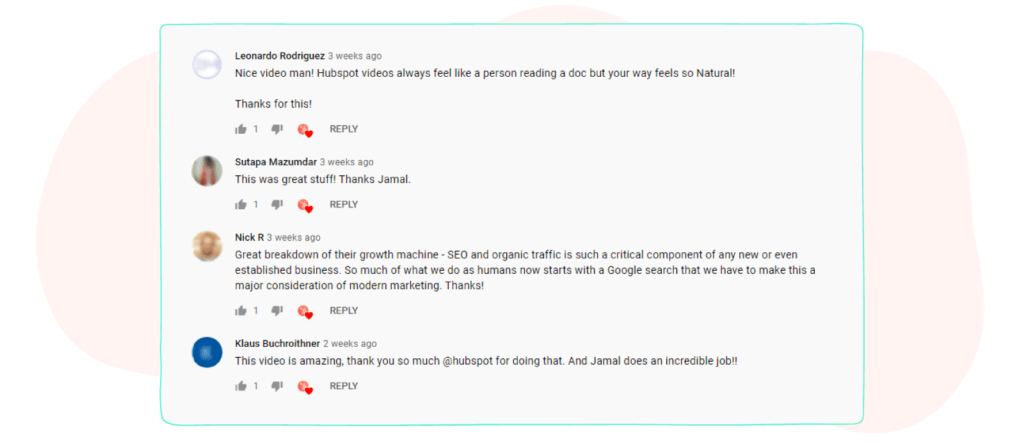
- Create a clear and predictable publishing schedule.
- Create content that solves your audience’s problems and allows them to see you as an expert.
The Help content is the third type. These are videos that take advantage of searchers’ intent and help you become more discoverable. They include How-to videos, tutorials, product demos, etc.
These sorts of videos are mostly evergreen content that customers will always be searching for. This video from Gillette is a prime example of Help content.
It was released 8 years ago but is still relevant as men will always need help learning how to shave.
Remember these tips when creating Help content.
- Use YouTube trends to understand what your viewers are searching for on YouTube. This will inform you on what topics to take on.
- Create videos that address a single search query.
- Do not be overly self-promotional. Self-promotion should be limited to you showing why your brand is the best to solve your customer’s problem.
Collaborate with other creators
A YouTube collaboration is a video made in partnership with a YouTube content creator. Being one of the 3Cs of content creation – the other two being content curation and content creation – collaboration is a massive way to take the stress off content generation. And also a way to show your brand’s creative side to a new audience.
The insights gotten from the performance of these videos can influence future content planning decisions. By looking at YouTube Analytics Audience Retention data, you can measure how well your audience took to these collabs. By comparing different videos and filtering out the ones with high audience retention, you can decide if you want to stick with that content format in the future.
But how do you choose the right content creator that best represents your content and channel?
The first step is to find the most engaging YouTube creator in your field. You can use a tool like Social Blade to find new influencers and track their statistics. Before reaching out to any YouTuber, make sure that your choice of creator is the best fit for your brand.
Popularity is important but so also is compatibility.
You should cross-post the collaboration video on each other’s channels to increase its reach. And also introduce your brand and the influencers’ brand to each other’s audience.
Don’t be shy about copying what works
Sometimes, all you need to optimize your content plan is to take a look at videos that have performed well in the past and just copy what works. These videos could be from your competitors or yours.
When performing competitor research, the aim is to compare your YouTube content against theirs and discover where you stand.
Visit their YouTube channel and see their top-performing videos. What are they doing right? Are there any gaps you can exploit?
And if they’ve made a blunder, it never hurts to find out why and how. Like Otto Van Bismark said:
“The wise man learns from the mistakes of others.”
Keep an eye on your YouTube competitors’ subscribers’ growth, their likes, dislikes, and comments. Study their audience (which ideally should be your target audience) and their reactions to videos released. You can use the Sociality.io competitor analysis feature to know how your competitors are faring on YouTube.
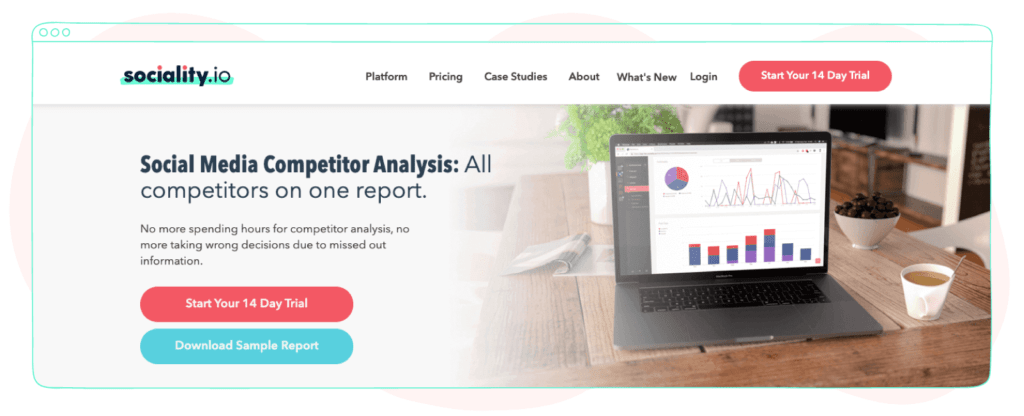
Snooping on your competitors is not the only way to take advantage of what’s worked in the past. You can also visit YouTube Analytics to find out which of your videos is the most successful and why.
Was it the CTA or YouTube cards used at the end of the video?
Was it the video’s topic?
Or maybe it’s the video delivery or editing style?
Whatever it is, replicate it in future videos.
Conclusion
These five tips will help you create a solid YouTube content plan. It all starts with having a clear understanding of who your ideal customer is. With that in mind, you’ll be able to create video content that is tailored to their needs using Google’s Triple H content creation framework.
Once you’ve created your YouTube content plan, Sociality.io can help you begin the execution of the plan.
With Sociality.io, you can
- Create a calendar to schedule and automatically publish your content to YouTube
- Research your competitors and generate reports in minutes
- Engage with your followers conveniently on a single screen
Related article: Step By Step Guide: The Ultimate Guideline to Growth Your Subscribers On YouTube (Without Buying Subscribers)
Over 2000 marketers already use Sociality.io to execute their content plan. You can sign up for a free 14-day trial here. No credit card is required.
